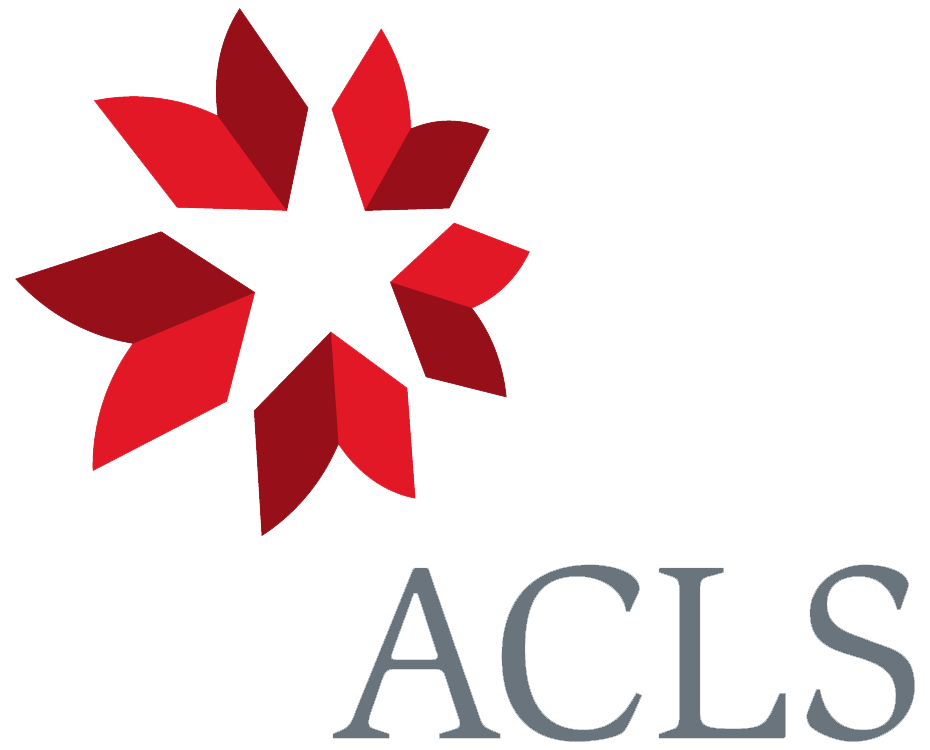From P. L. Sclater 11 February 1860
Zoological Society of London, | 11, Hanover Square, | London, W.
Feb. 11th. 18 60
My dear Sir,
I send you an extract from the minutes of one of our scientific meetings relating to the subject I was speaking of today—1 I find nothing was said about it in the printed volume of Proceedings—
I find I never answered your letter of the 4th. and now have only to say that Sylvicola aureola may be a distinct species, but it is a close ally of S. æstiva of N . and S. America and perhaps only a “climatic variety” or as the Germans say “climatische Abart”—2
The next time I go to the B.M. I will examine Otus galapagoensis Zenaida galapagoensis and S. aureola.3
Very faithfully Your’s | P.L Sclater
[Enclosure]
Zool. Soc. May 11, 1858.
(Extract from minutes)
Mr. Gould made some observations on the Indian Phasianidæ imported last year and now laying in the Gardens of the Society.4 Drawings of the Eggs of the Impeyan Pheasant the Cheer, the Purple Pheasant and two species of Kaleege were exhibited to the meeting.
With reference to the eggs of the Indian Phasianidæ Mr. Sclater remarked that though the Egg of Gallophasis albo-cristata and G. melanota were easily recognizable as of distinct species—as indeed were the birds themselves—yet it was well known in India that in the region where these two species inosculate, a transitional variety is found passing from one to the other. This was not so surprizing in a gallinaceous bird, but the same thing occurred in two instances in birds of the Passerine order and was very remarkable. No one would deny the specific distinctness of Coracias bengalensis of the Indian Peninsula from C. affinis of Assam, or of Colaptes auratus of the Eastern United States of America from Colaptes mexicanus of California and Mexico yet in the country where these species respectively inosculate intermediate varieties are found.5
CD annotations
Footnotes
Bibliography
Journal of researches (1860): Journal of researches into the natural history and geology of the countries visited during the voyage of HMS Beagle around the world, under the command of Capt. FitzRoy RN. By Charles Darwin. Reprint edition. London: John Murray. 1860.
OED: The Oxford English dictionary. Being a corrected re-issue with an introduction, supplement and bibliography of a new English dictionary. Edited by James A. H. Murray, et al. 12 vols. and supplement. Oxford: Clarendon Press. 1970. A supplement to the Oxford English dictionary. 4 vols. Edited by R. W. Burchfield. Oxford: Clarendon Press. 1972–86. The Oxford English dictionary. 2d edition. 20 vols. Prepared by J. A. Simpson and E. S. C. Weiner. Oxford: Clarendon Press. 1989. Oxford English dictionary additional series. 3 vols. Edited by John Simpson et al. Oxford: Clarendon Press. 1993–7.
Summary
Informs CD that Sylvicola aureola may be a distinct species but is a close ally of S. aestiva of N. and S. America and perhaps only a "climatic variety".
Letter details
- Letter no.
- DCP-LETT-2692
- From
- Philip Lutley Sclater
- To
- Charles Robert Darwin
- Sent from
- Zoological Society
- Source of text
- DAR 205.3: 290, DAR 205.7: 143
- Physical description
- ALS 3pp †
Please cite as
Darwin Correspondence Project, “Letter no. 2692,” accessed on 23 April 2024, https://www.darwinproject.ac.uk/letter/?docId=letters/DCP-LETT-2692.xml
Also published in The Correspondence of Charles Darwin, vol. 8


